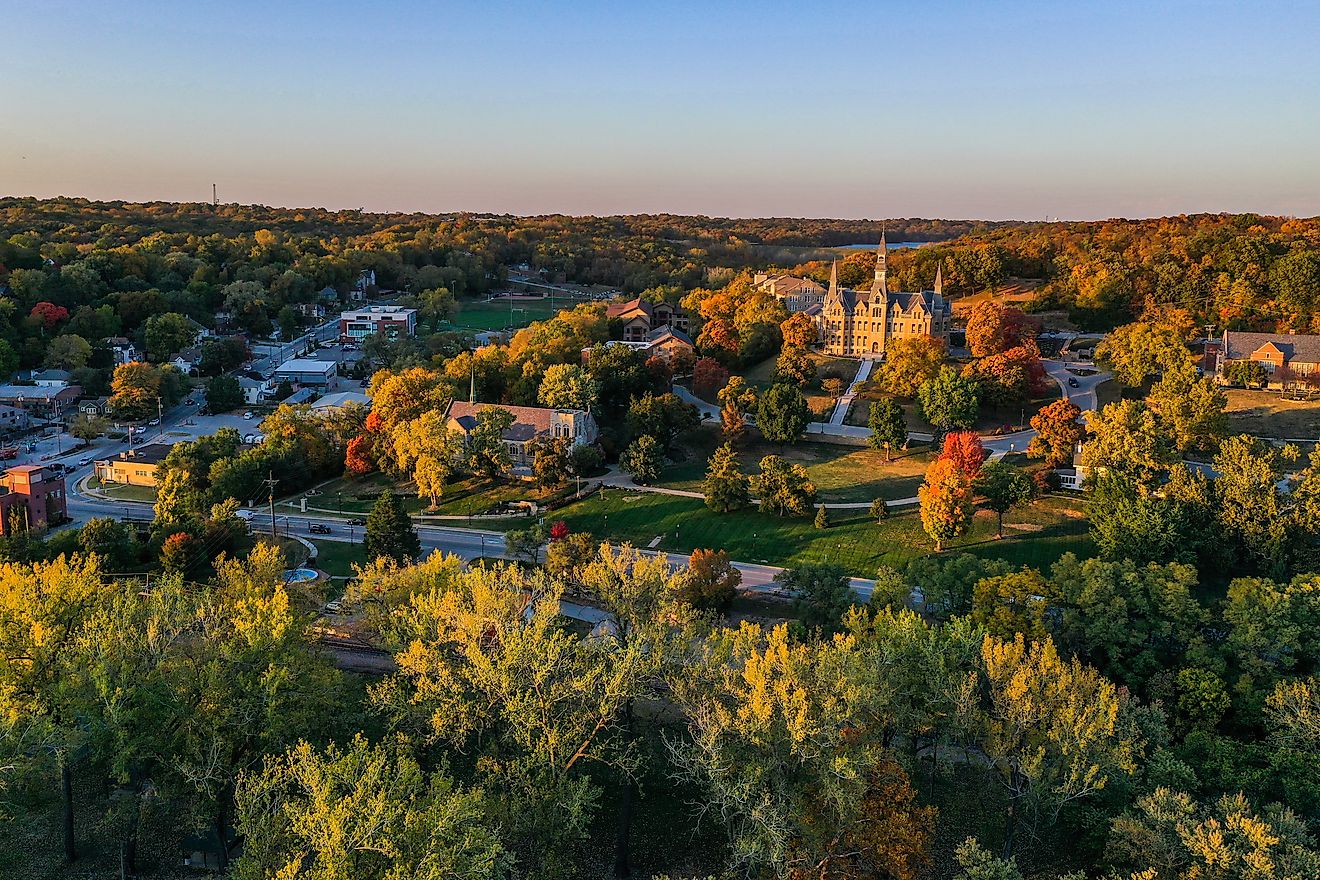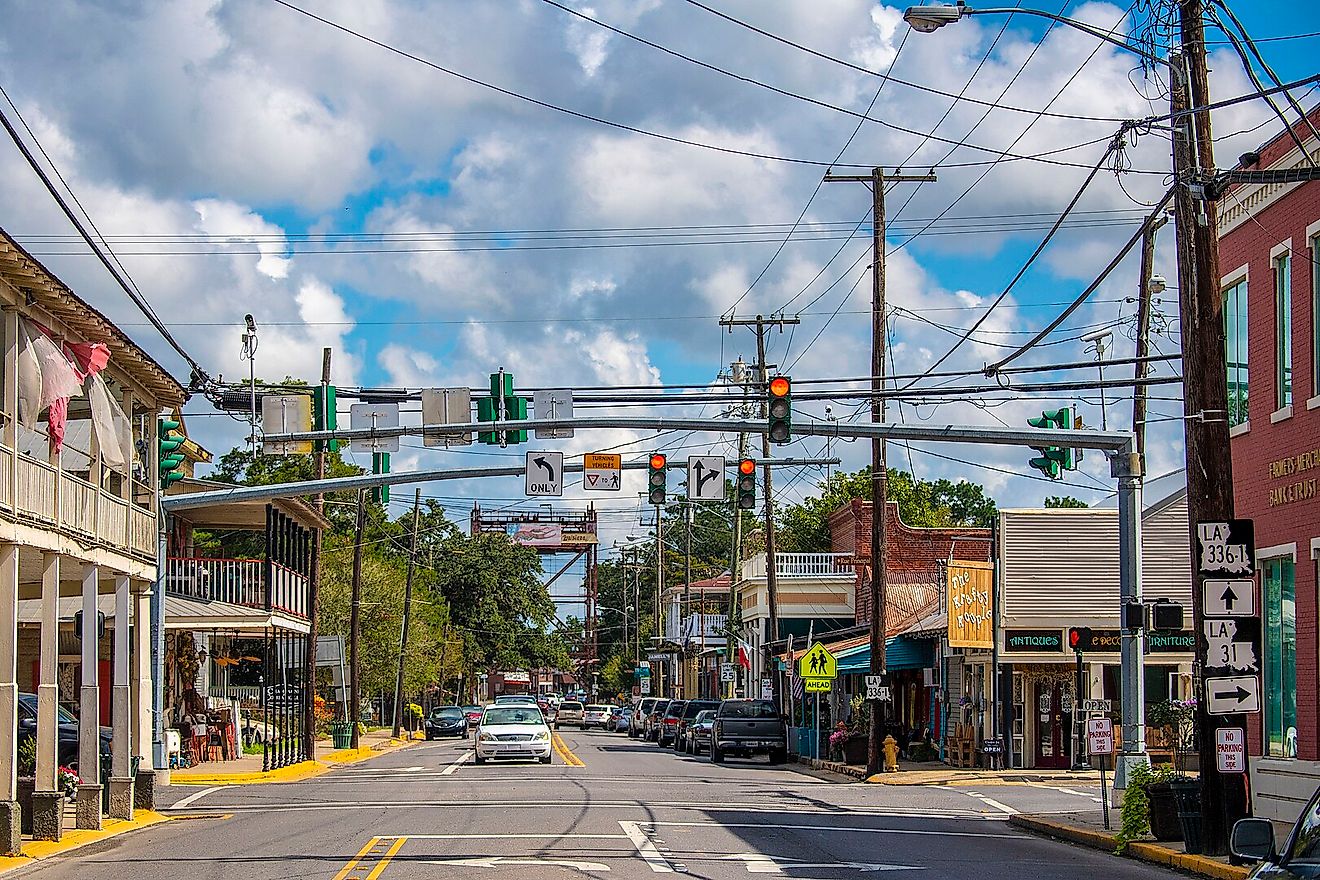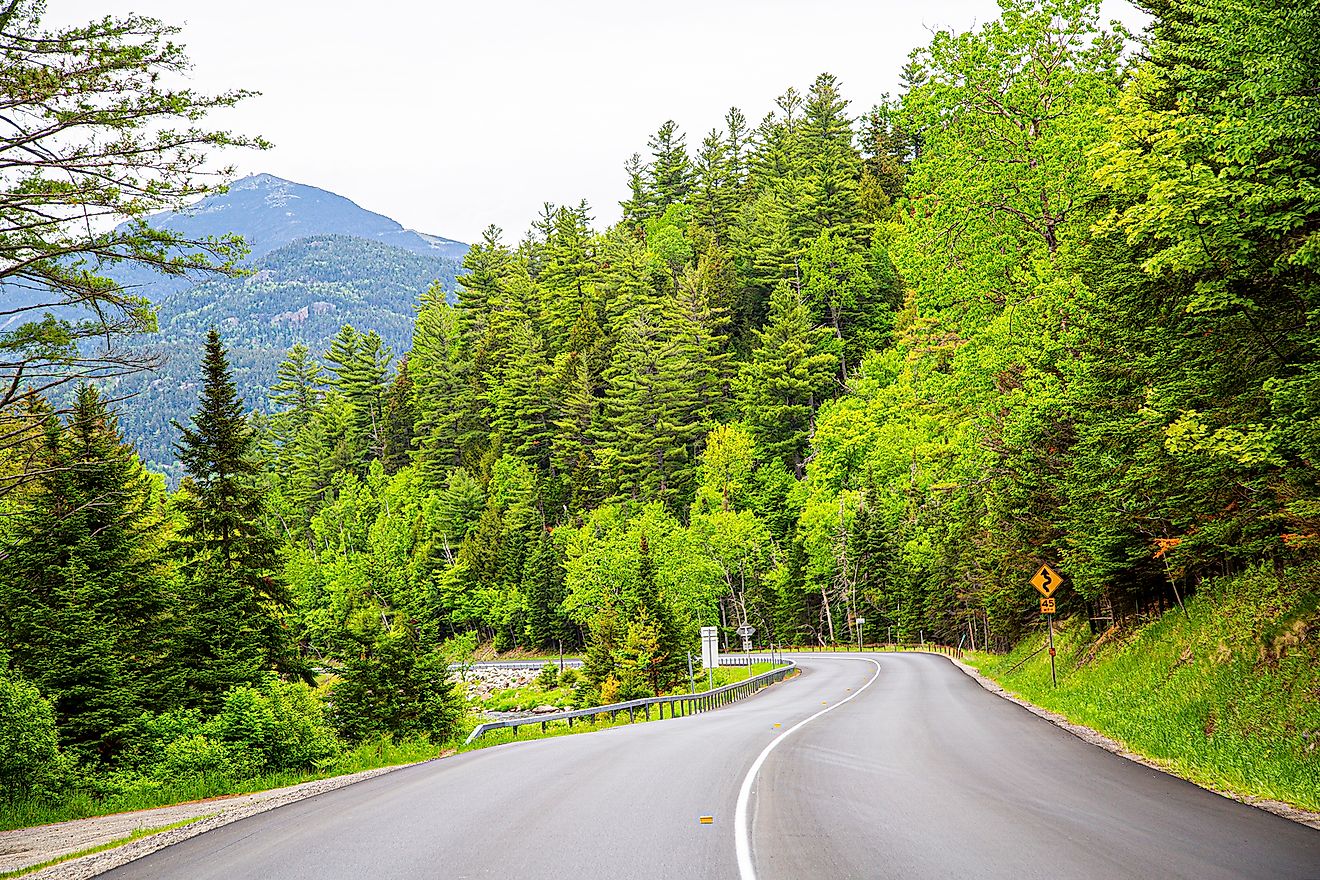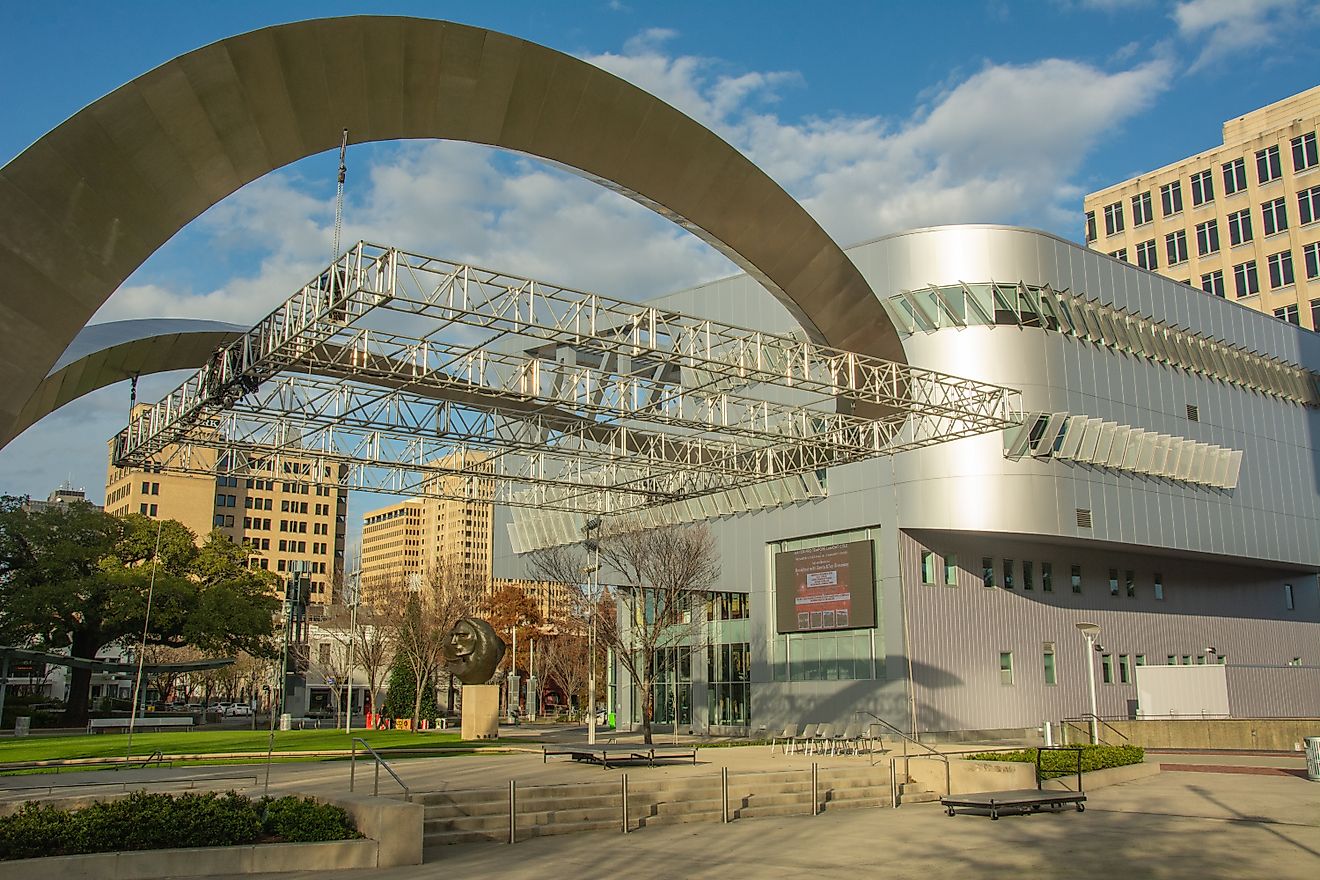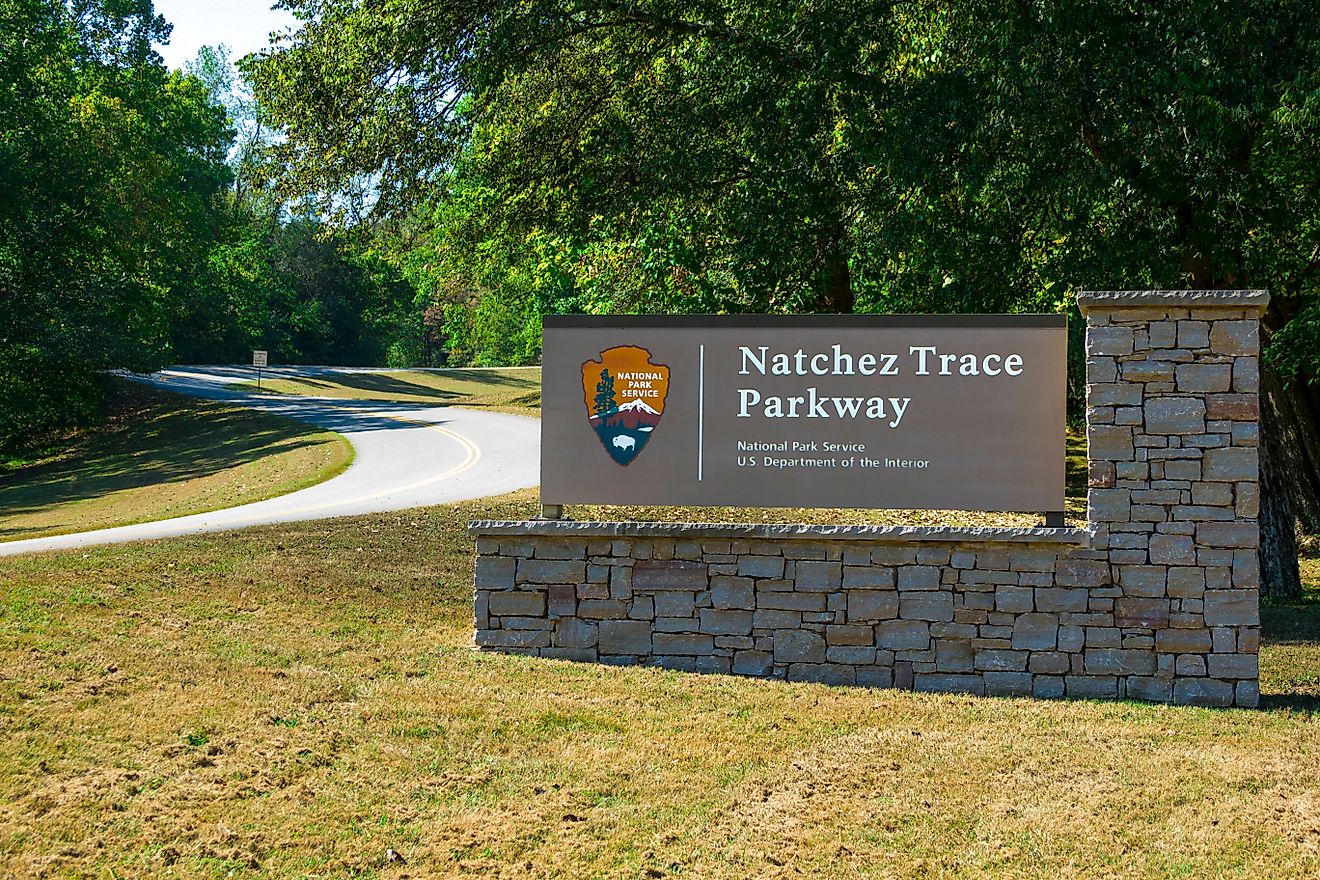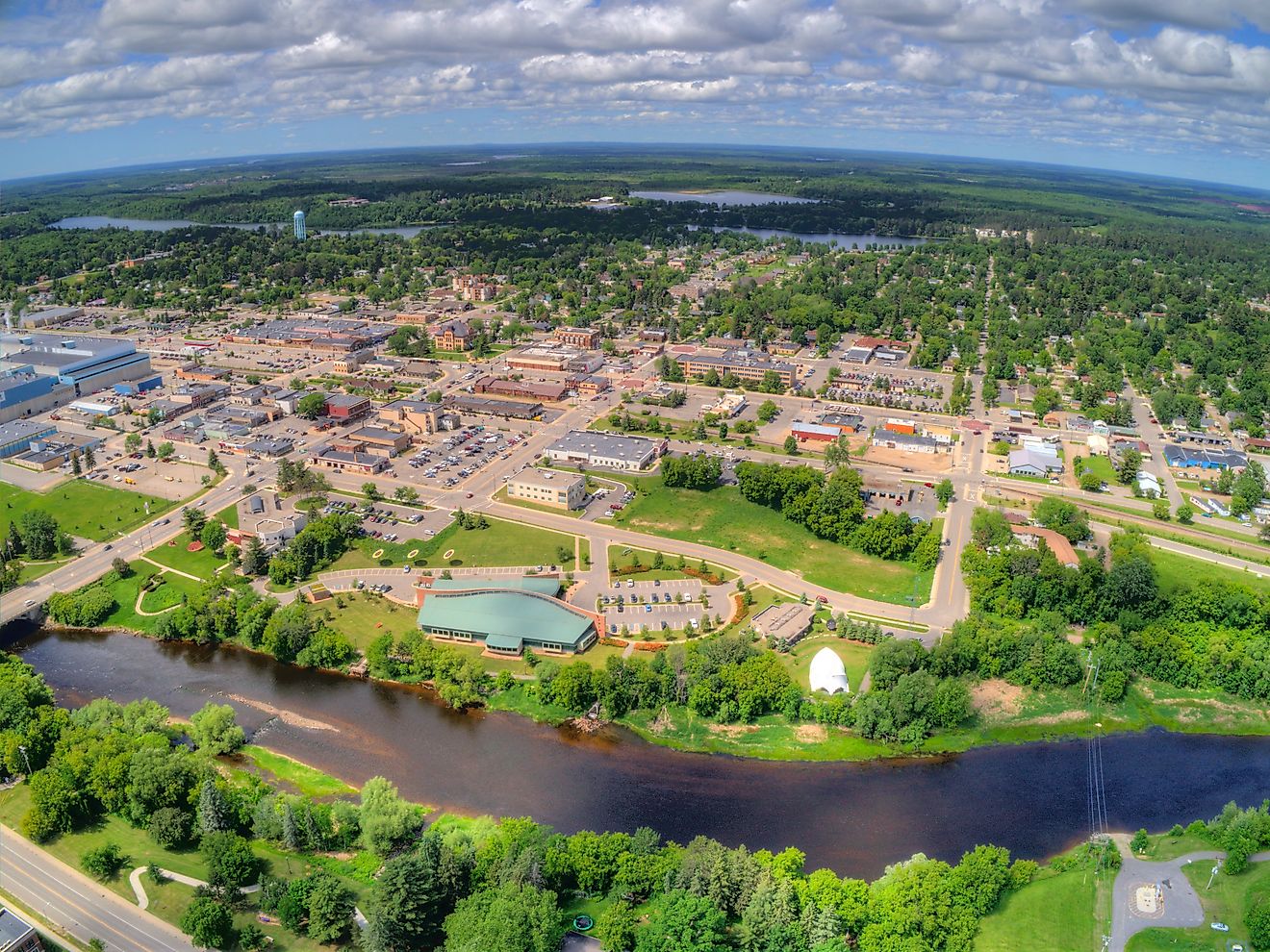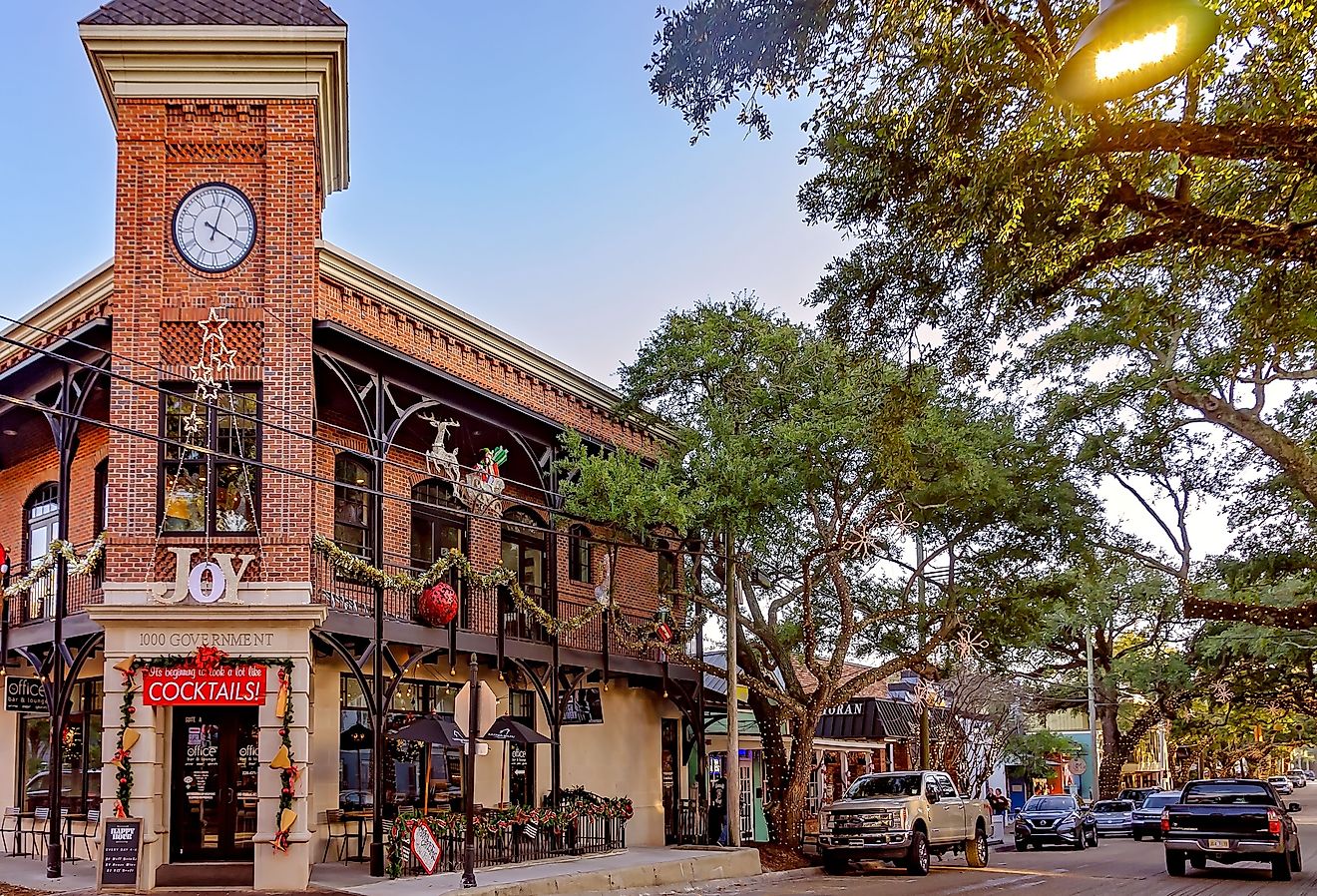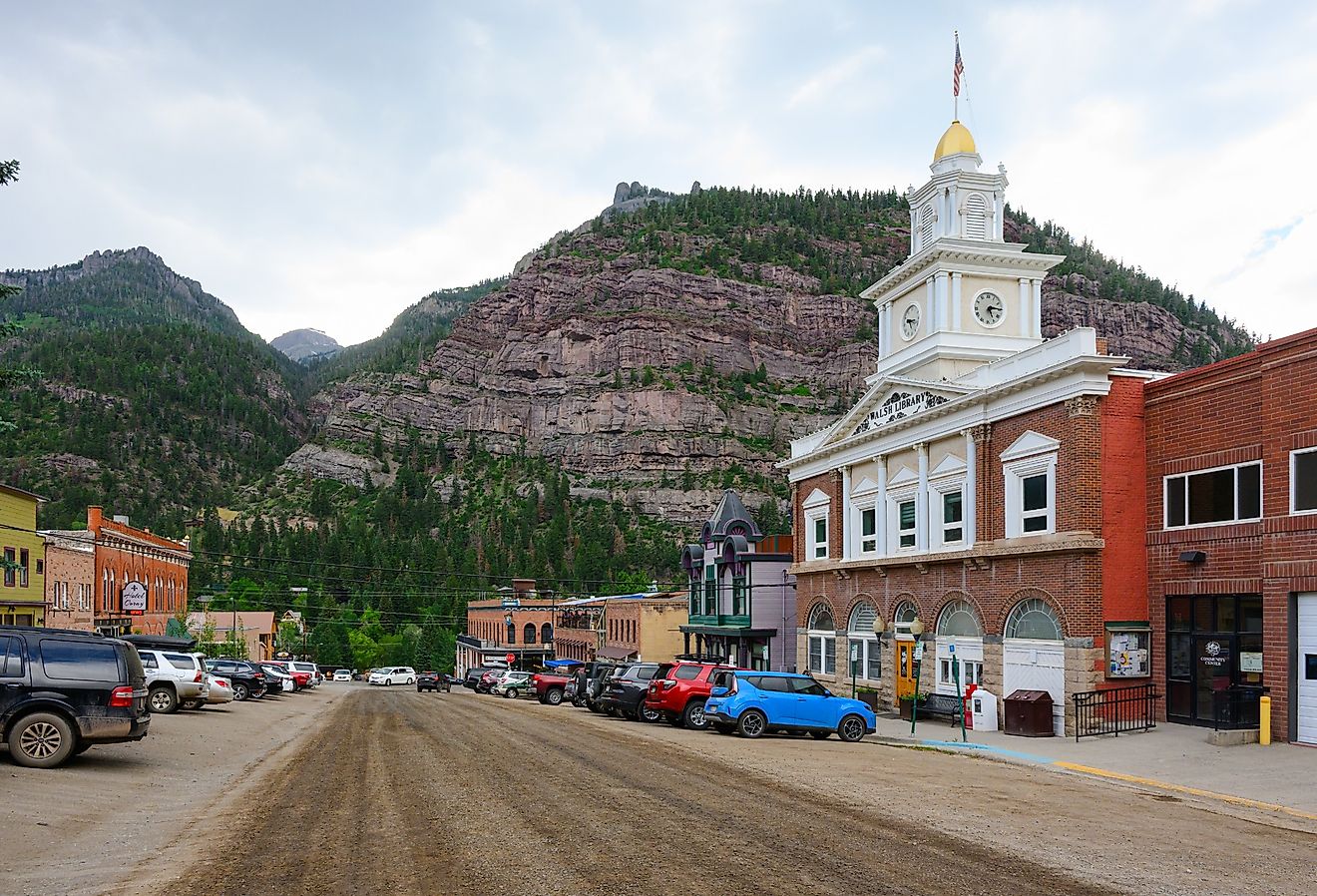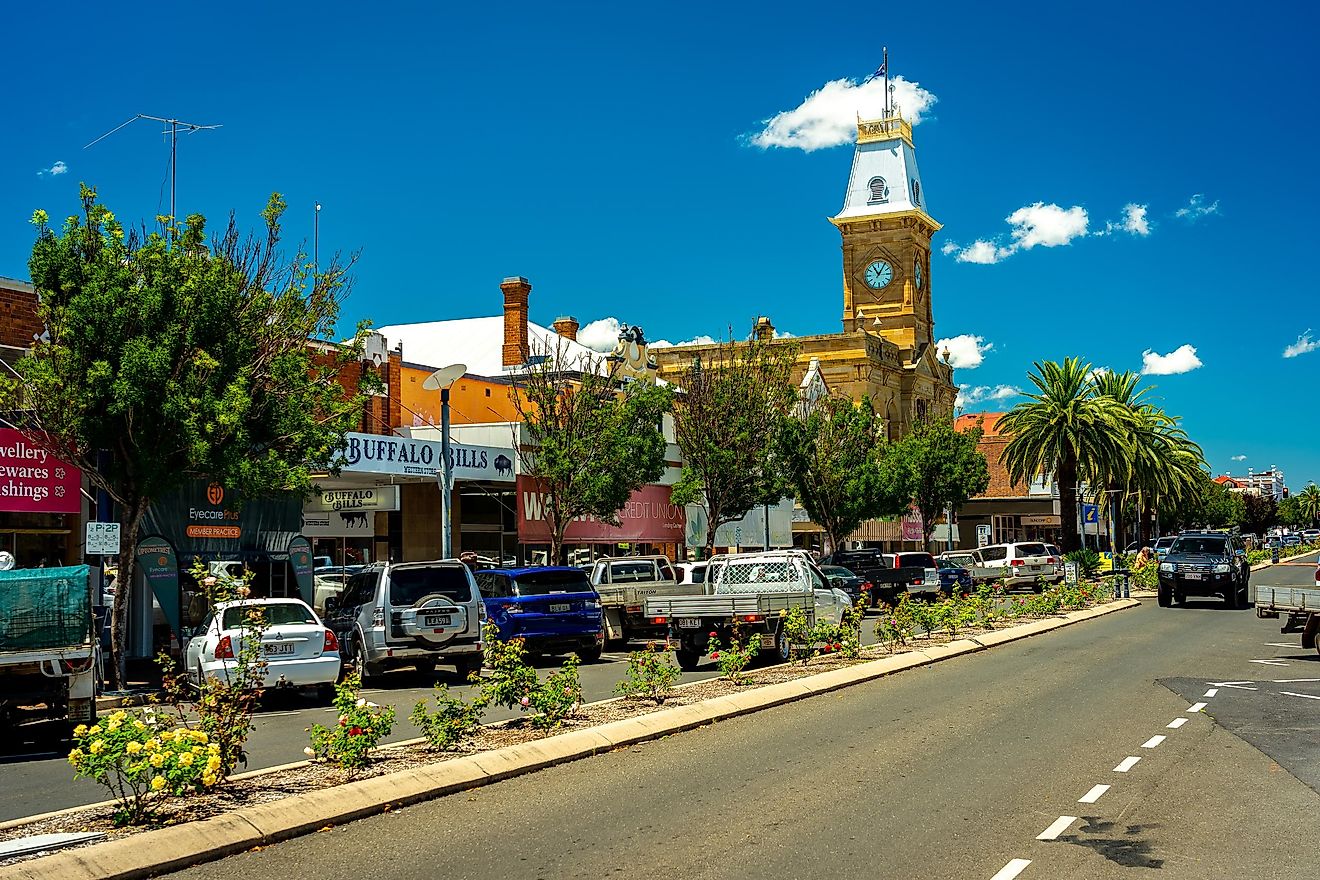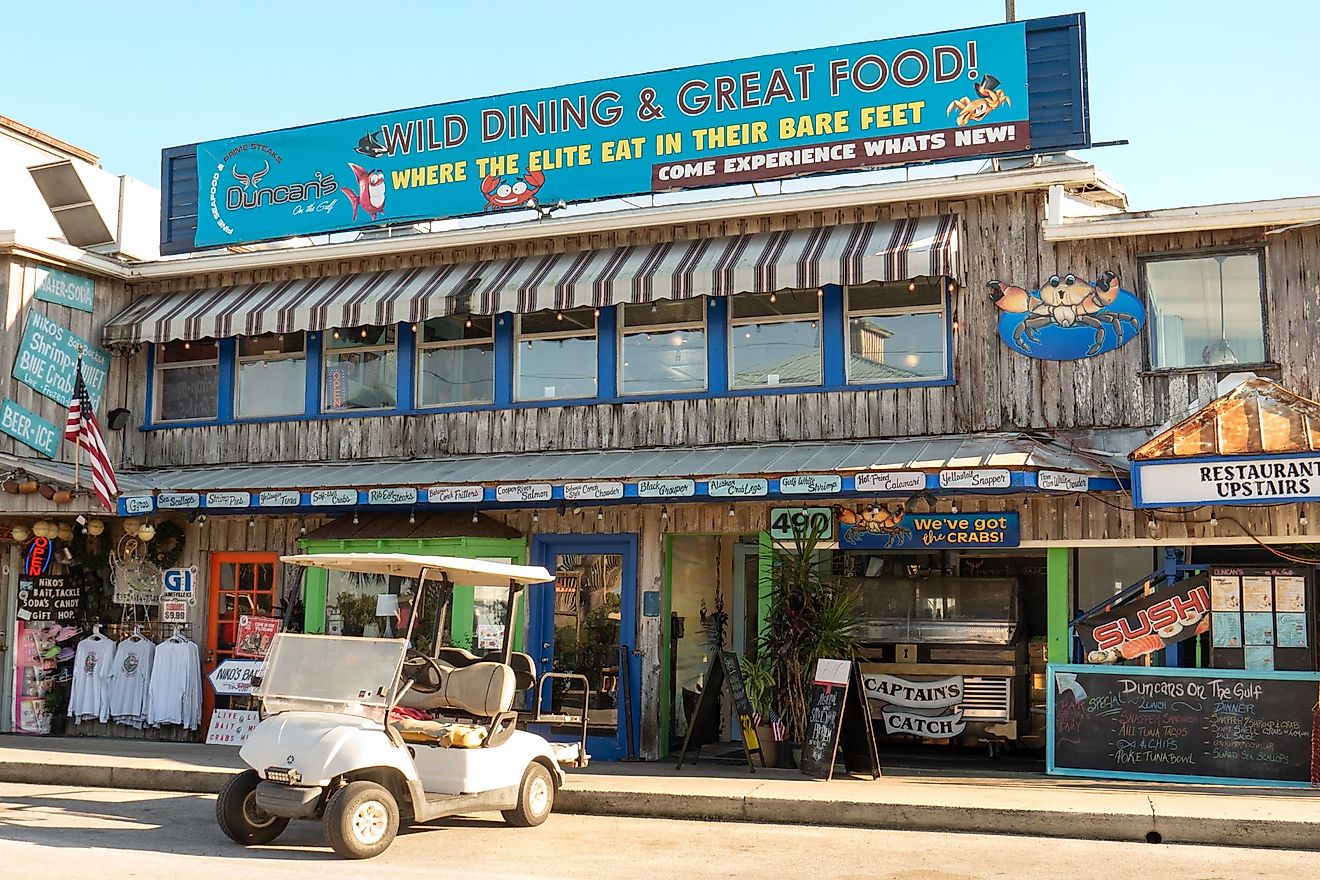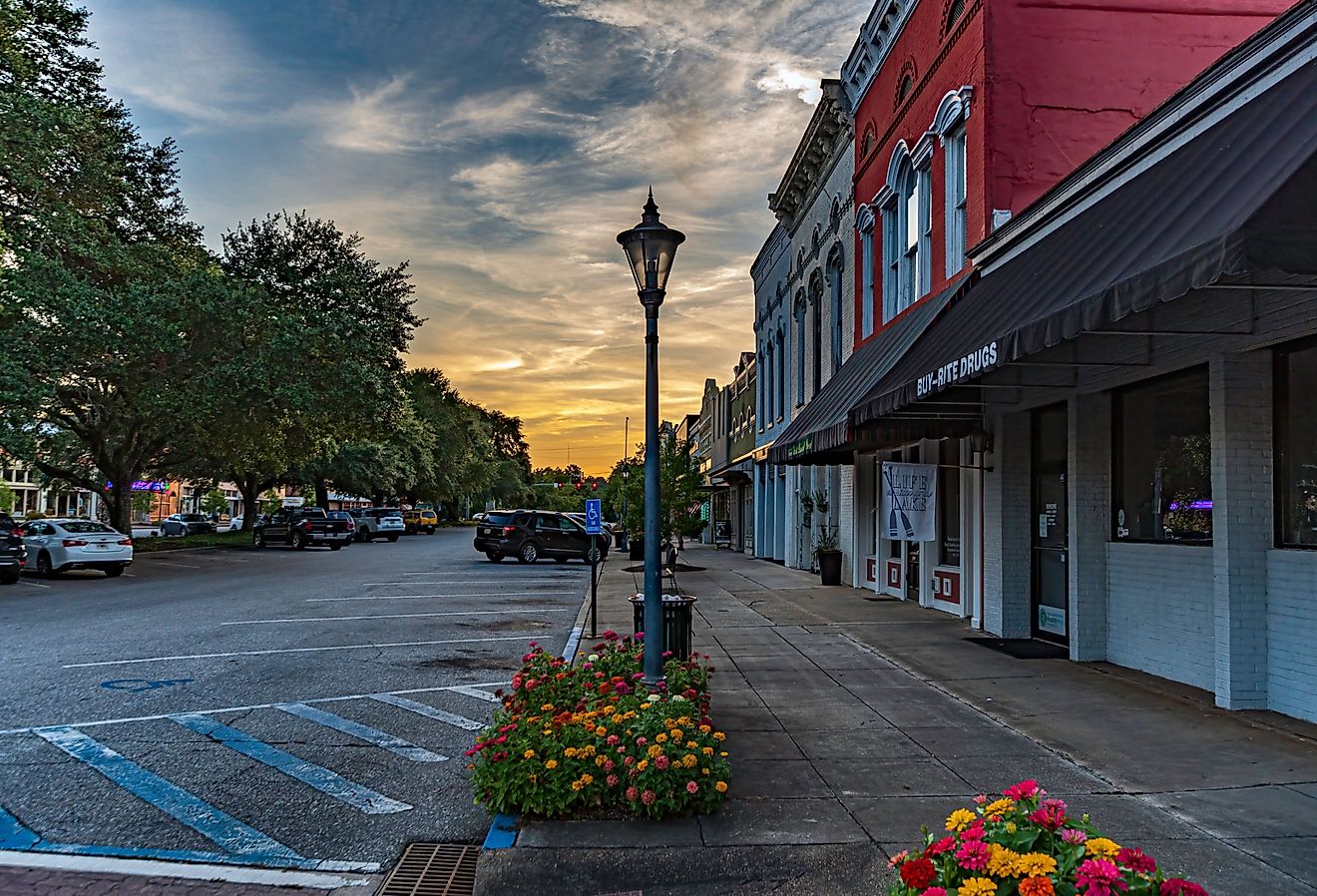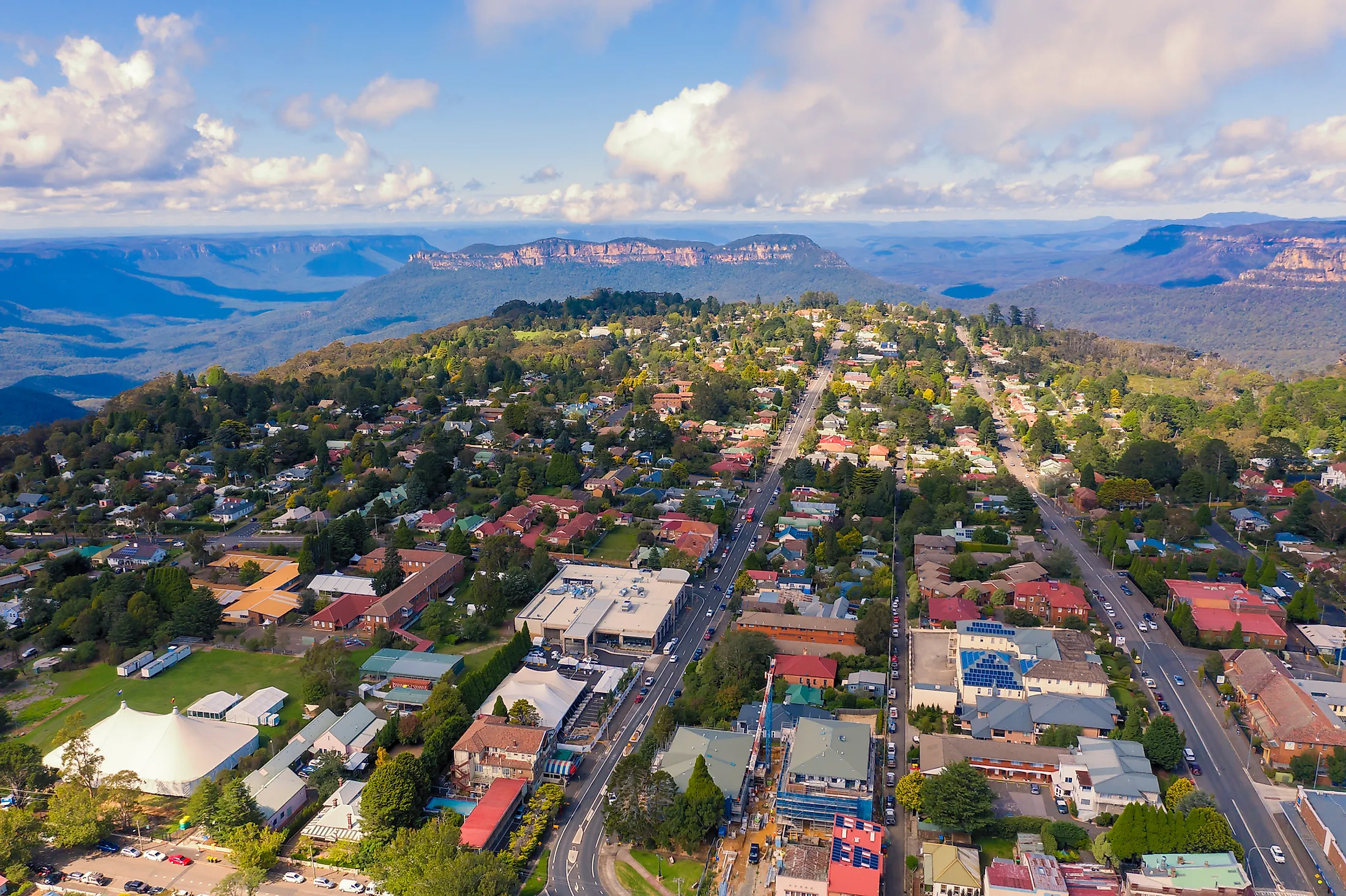
Katoomba, Australia
Katoomba is the largest and most visited town, located about 1,017 m above sea level, in the Blue Mountains region in the east-central part of the Australian State of New South Wales. Katoomba is the principal town of the City of Blue Mountains and serves as the city's regional business center and administrative headquarters. As per the 2016 census, about 7,964 people live in the town of Katoomba.
Geography Of Katoomba
The town of Katoomba is located on the Great Western Highway, about 102km west of the capital city of Sydney and about 39km south-east of the town of Lithgow. Some of the localities situated around the town of Katoomba include Blue Mountains National Park, Jamison Valley, Leura, Medlow Bath, Megalong Valley, and Narrow Neck Plateau.
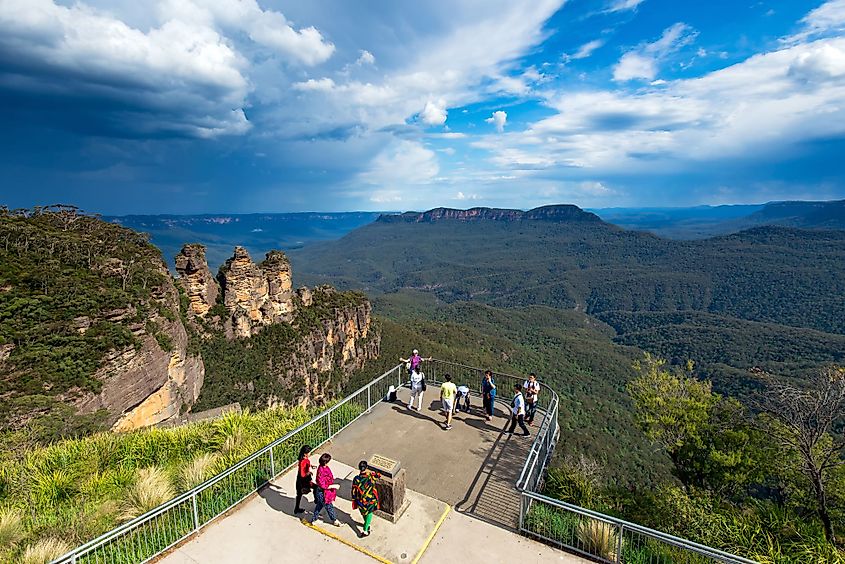
The beautiful mountain scenery of the town of Katoomba attracts a lot of tourists to the area, and the town serves as the base for bush and nature walks in the surrounding Blue Mountains region. An unusual rock formation in the Blue Mountains known as the “Three Sisters” can be viewed from the Echo Point lookout, located about 2km south of the main town of Katoomba, and attracts thousands of tourists every year. Also located close to the Echo Point lookout is the Katoomba Falls on the Kedumba River. Some more natural features of the Jamison Valley can also be seen from the Echo Point Lookout. These include Mount Solitary and the Ruined Castle rock formation. A short walk from the lookout leads to the Giant Stairway that provides access to many nature walks through the Jamison Valley.
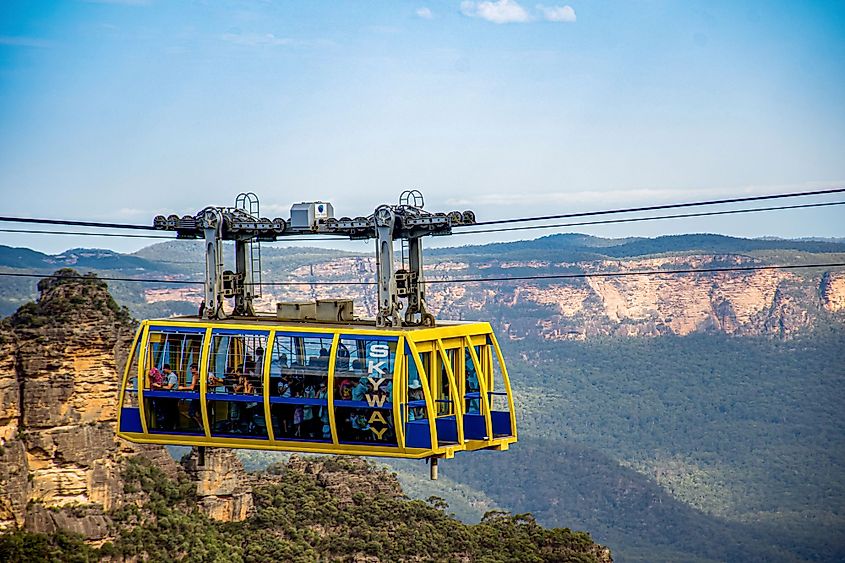
The Scenic World tourist complex is located in the southwestern part of the town. This site is also home to the Scenic Skyway cable car and the Katoomba Scenic Railway, which is the world’s steepest funicular railway. The town of Katoomba is served by several hotels and guest houses, including the heritage-listed Carrington Hotel. Located on Katoomba Street, the center of the town features many restaurants, cafes, antique stores, and second-hand book stores. There are many heritage-listed sites in the town of Katoomba. These include: the Blue Mountains walking tracks of the Blue Mountains National Park, the Katoomba Post Office, the Katoomba Railway Station, Lilianfels luxury hotel, Katoomba Court House, Uniting Church, etc. The town of Katoomba also hosts many festivals, including the Winter Solstice Festival, the Winter Magic Festival, Vertical Film Festival, etc.
Climate
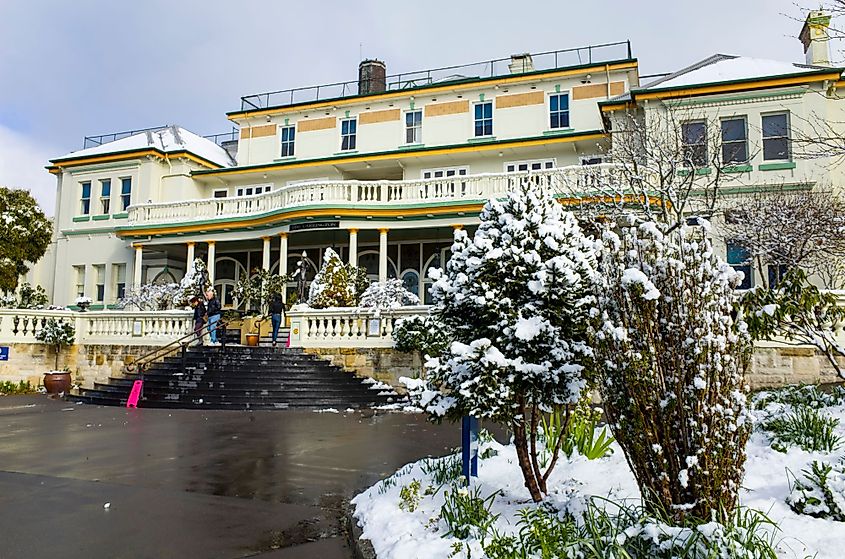
According to the Köppen climate classification, the town of Katoomba experiences an oceanic climate, with mild summers and cool winters. The town’s annual average maximum temperature is about 17.6°C, while its average yearly minimum temperature is about 8.3°C. The warm season lasts from November to March, with January being the hottest month, having an average high temperature of 24.4°C and a low temperature of 12.2°C. The cold season lasts from May to August, with July being the coldest month, having an average low temperature of -1.1°C and a high temperature of 11.1°C. The town receives about two or three settled snowfalls per year and has about 79.8 days of clear skies annually. The town of Katoomba receives approximately 1,309.2mm of rainfall per year.
Population Of Katoomba
As of the 2016 Australian Census, about 7,964 people reside in the town of Katoomba. Of these, about 3,787 people were males, and 4,180 people were females. The Aboriginal and Torres Strait Islander people make up about 3.6% of the town’s population. The most common ancestries in Katoomba were English at 28.9%, Australian at 22.6%, Irish at 11.8%, Scottish at 8.6%, and German at 4.2%. About 73.0% of the town’s population were born in Australia. The most common birthplace of the foreign-born residents of Katoomba was England at 5.5%, New Zealand at 2.0%, Germany at 0.9%, the United States at 0.7%, and China at 0.6%. The census also revealed that the median household weekly income was $976, while the median weekly personal income for people aged 15 years and above was $555.
Brief History Of Katoomba
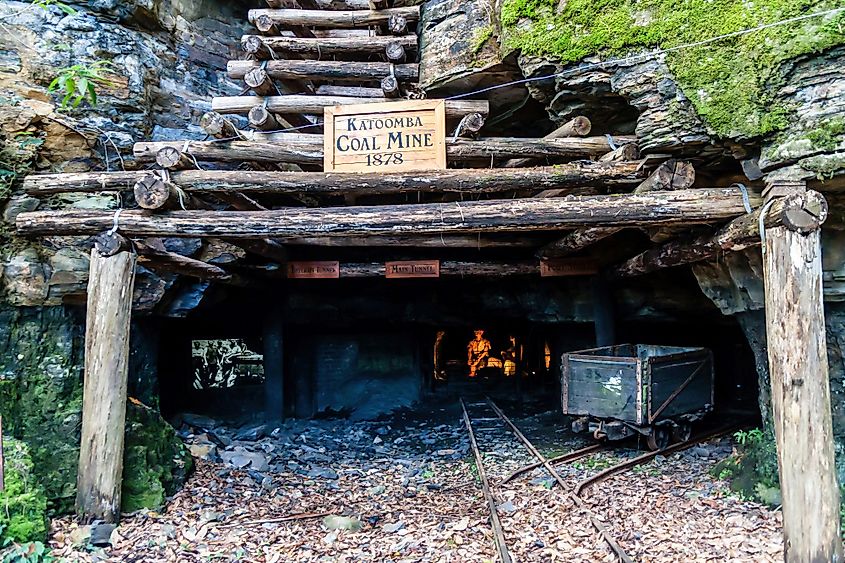
The Blue Mountains area was inhabited by the Aboriginal people belonging to the Darug and Gundungurra tribes for thousands of years. The explorers Blaxland, Wentworth, and Lawson, became the first Europeans to pass through the area on May 25, 1813. William Cox constructed the first road over the mountains in 1815, and in 1841, George Clarke discovered coal in the area. For many years, coal and shale mining was carried out in the Jamison Valley. The railway reached the site in 1867, and the place was initially named “The Crushers,” after the railway station that served the local stone quarry. After the mines were exhausted by the beginning of the 20th century, this coal-mining center gradually transformed into a resort town and became a popular tourist destination, attracting thousands of tourists for its spectacular mountain scenery. In 1877, the area was renamed as “Katoomba,” derived from the Gundungurra Aboriginal word “kedumba,” which meant “shiny, falling waters” and referred to the waterfall that drops into the Jamison Valley. The town of Katoomba achieved the status of a municipality in 1889, and the town was incorporated within the City of Blue Mountains in 1947.
